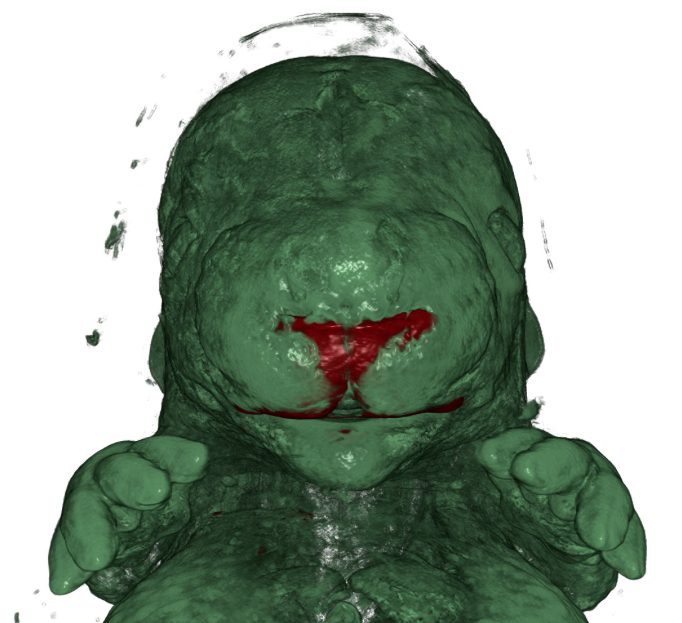New Scientist
Image: H. Morrison, MRC Human Genetics Unit, Institute of Genetics and Molecular Medicine, University of Edinburgh
Even the prettiest faces are built using junk. In mice, the shapes of the face and skull are finely tuned by junk DNA, so called because it was initially thought to lack function since it doesn’t encode proteins. The same junk DNA sequences are found in humans, so they are probably also shaping our faces.
This finding could help us make sense of some congenital conditions, such as cleft palates, that can develop even when the genes that shape the face appear to be working normally.
There is a huge degree of variation in human faces but, as family resemblances show, the overall shape is heavily constrained by genetics. However, so far, geneticists have identified only a small number of genes that influence the shape. These explain just a tiny fraction of the variation seen in human faces.
According to Axel Visel of the Lawrence Berkeley National Laboratory in California and his colleagues, more variation is controlled by distant-acting enhancers. These are short sequences of DNA, in non-coding regions of the genome, that can influence the activity of the facial genes, even if they are a long way along the DNA strand. Read more on newscientist.com…








